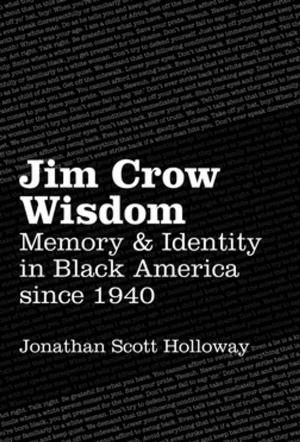Innocent Weapons
The Soviet and American Politics of Childhood in the Cold War
Nonfiction, History, Asian, Russia, Americas, United States, 20th Century, Social & Cultural Studies, Social Science| Author: | Margaret Peacock | ISBN: | 9781469618586 |
| Publisher: | The University of North Carolina Press | Publication: | August 25, 2014 |
| Imprint: | The University of North Carolina Press | Language: | English |
| Author: | Margaret Peacock |
| ISBN: | 9781469618586 |
| Publisher: | The University of North Carolina Press |
| Publication: | August 25, 2014 |
| Imprint: | The University of North Carolina Press |
| Language: | English |
In the 1950s and 1960s, images of children appeared everywhere, from movies to milk cartons, their smiling faces used to sell everything, including war. In this provocative book, Margaret Peacock offers an original account of how Soviet and American leaders used emotionally charged images of children in an attempt to create popular support for their policies at home and abroad.
Groups on either side of the Iron Curtain pushed visions of endangered, abandoned, and segregated children to indict the enemy's state and its policies. Though the Cold War is often characterized as an ideological divide between the capitalist West and the communist East, Peacock demonstrates a deep symmetry in how Soviet and American propagandists mobilized similar images to similar ends, despite their differences. Based on extensive research spanning fourteen archives and three countries, Peacock tells a new story of the Cold War, seeing the conflict not simply as a divide between East and West, but as a struggle between the producers of culture and their target audiences.
In the 1950s and 1960s, images of children appeared everywhere, from movies to milk cartons, their smiling faces used to sell everything, including war. In this provocative book, Margaret Peacock offers an original account of how Soviet and American leaders used emotionally charged images of children in an attempt to create popular support for their policies at home and abroad.
Groups on either side of the Iron Curtain pushed visions of endangered, abandoned, and segregated children to indict the enemy's state and its policies. Though the Cold War is often characterized as an ideological divide between the capitalist West and the communist East, Peacock demonstrates a deep symmetry in how Soviet and American propagandists mobilized similar images to similar ends, despite their differences. Based on extensive research spanning fourteen archives and three countries, Peacock tells a new story of the Cold War, seeing the conflict not simply as a divide between East and West, but as a struggle between the producers of culture and their target audiences.















